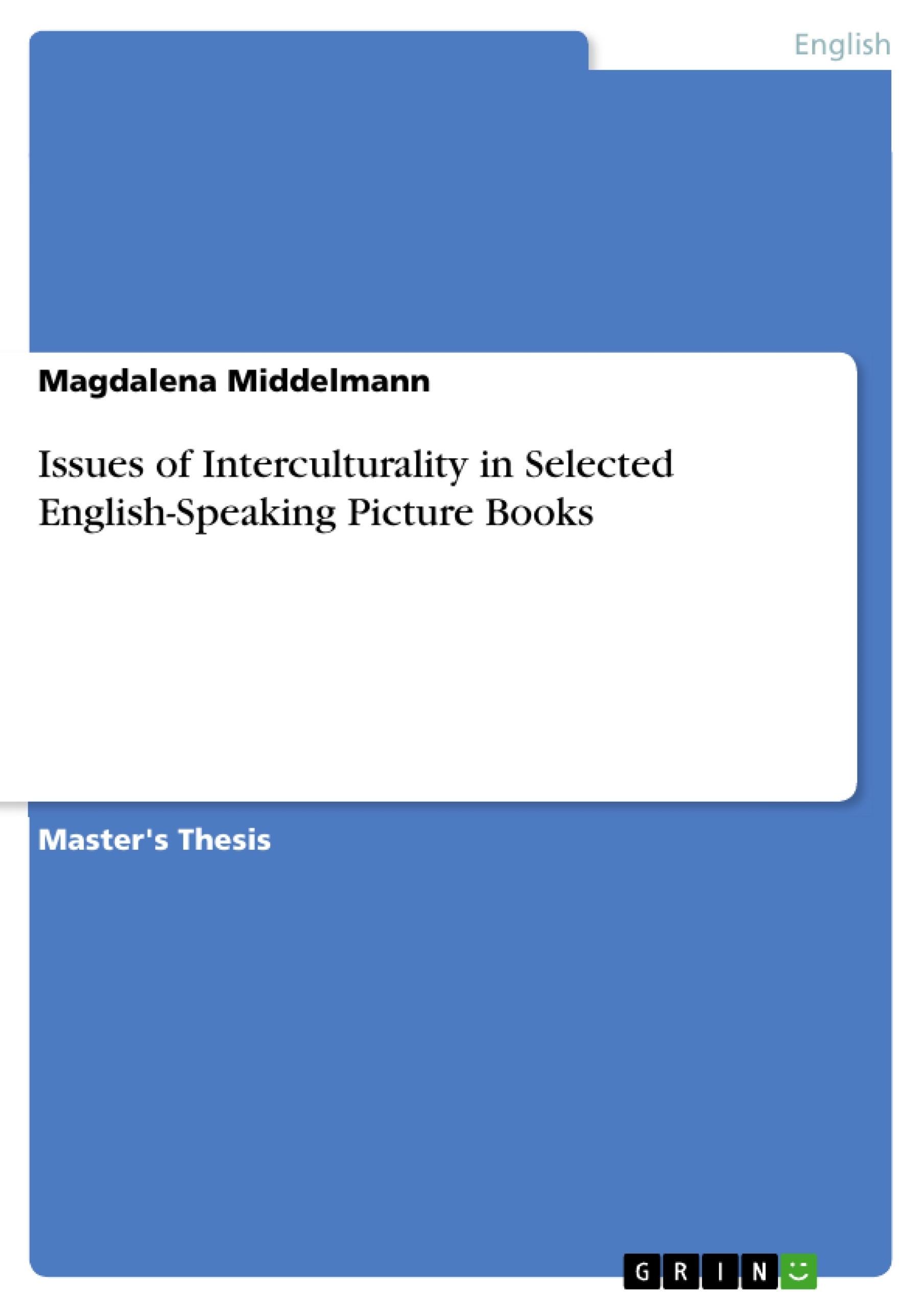This thesis will examine the ways that different intercultural issues are represented in picture books and talk about how these representations may affect the reader. Therefore, several approaches will be used. As this paper primarily focuses on the picture book format, the text itself, along with the illustrations, will be closely examined. It is a fact that the illustrations in picture books not only represent the story that is put into words, but also add additional messages and background information to the written text. One of the goals of this paper is to find the messages based on the interanimation of text and illustrations and interpret them according to the concept of interculturality.
The authors and illustrators of the discussed books are another part to focus on. It is important to note whether they are part of the culture they write about and illustrate, or not. It is crucial to take a closer look at the cultural background of authors and illustrators, as this paper examines picture books in connection to cultural issues. As much as possible, it will be examined in how far the biographies of the author and the illustrator have influenced the picture book. This knowledge then can give the book new aspects of meaning and might slightly change the message that is meant to be delivered. Also, it helps the reader to locate the story within a certain cultural range. This background information is closely linked to the context the book was written and illustrated in. In addition to that, the context in which the story is being perceived also needs to be examined to gain an overall analysis.
Finally, this paper will consider the recipient and how he or she perceives the words and the illustrations. Therefore, and in compliance to reception aesthetics and reader-response criticism, potential meanings of the text will be considered and compared to each other. Important aspects to be considered here are the desired target group along with their age range and their cultural background, and the time of the first publishing of the picture book.
Inhaltsverzeichnis (Table of Contents)
- Preliminary Remarks
- Cultural Terminology
- Culture
- Multiculturalism
- Interculturality
- Literal Fields and Formats
- Children's Literature
- Multicultural Children's Literature
- Book Formats
- The Special Case of Picture Books
- Analysis
- Yangsook Choi - The Name Jar
- Identity, Language and Belonging in The Name Jar
- Mary Hoffman & Karin Littlewood - The Colour of Home
- Identity, Language and Belonging in The Colour of Home
- Irena Kobald & Freya Blackwood - My Two Blankets
- Identity, Language and Belonging in My Two Blankets
- Queen Rania Al Abdullah, K. DiPucchio & T. Tusa - The Sandwich Swap
- Identity, Language and Belonging in The Sandwich Swap
- Yangsook Choi - The Name Jar
- Further Readings and Teaching Suggestions
- Further Multi- and Intercultural Readings
- A Brief Teaching Outlook
- Conclusion
- Bibliography
- Primary Literature
- Secondary Literature
- Multi- and Intercultural Reading Lists
Zielsetzung und Themenschwerpunkte (Objectives and Key Themes)
This thesis aims to examine how intercultural issues are represented in picture books and analyze their potential effects on the reader. It explores the interanimation of text and illustrations, the cultural background of authors and illustrators, and the context in which the stories are perceived, considering the recipient's cultural background and age range.
- The role of text and illustrations in conveying intercultural messages
- The influence of author and illustrator backgrounds on the representation of intercultural issues
- The impact of cultural context on the perception of intercultural stories
- The use of stereotypes in picture books
- The potential for picture books to promote intercultural understanding and acceptance
Zusammenfassung der Kapitel (Chapter Summaries)
The first chapter introduces the thesis's central question and outlines the approaches used for analyzing intercultural issues in picture books. It emphasizes the importance of considering both the text and illustrations, as well as the authors' cultural backgrounds and the context of the story. The subsequent chapters delve into specific picture books, examining their depiction of identity, language, and belonging in diverse cultural contexts.
Schlüsselwörter (Keywords)
The central keywords of this thesis are: interculturality, picture books, multicultural children's literature, identity, language, belonging, stereotypes, text and illustrations, author background, cultural context, and reader response.
- Quote paper
- Magdalena Middelmann (Author), 2018, Issues of Interculturality in Selected English-Speaking Picture Books, Munich, GRIN Verlag, https://www.grin.com/document/925755



